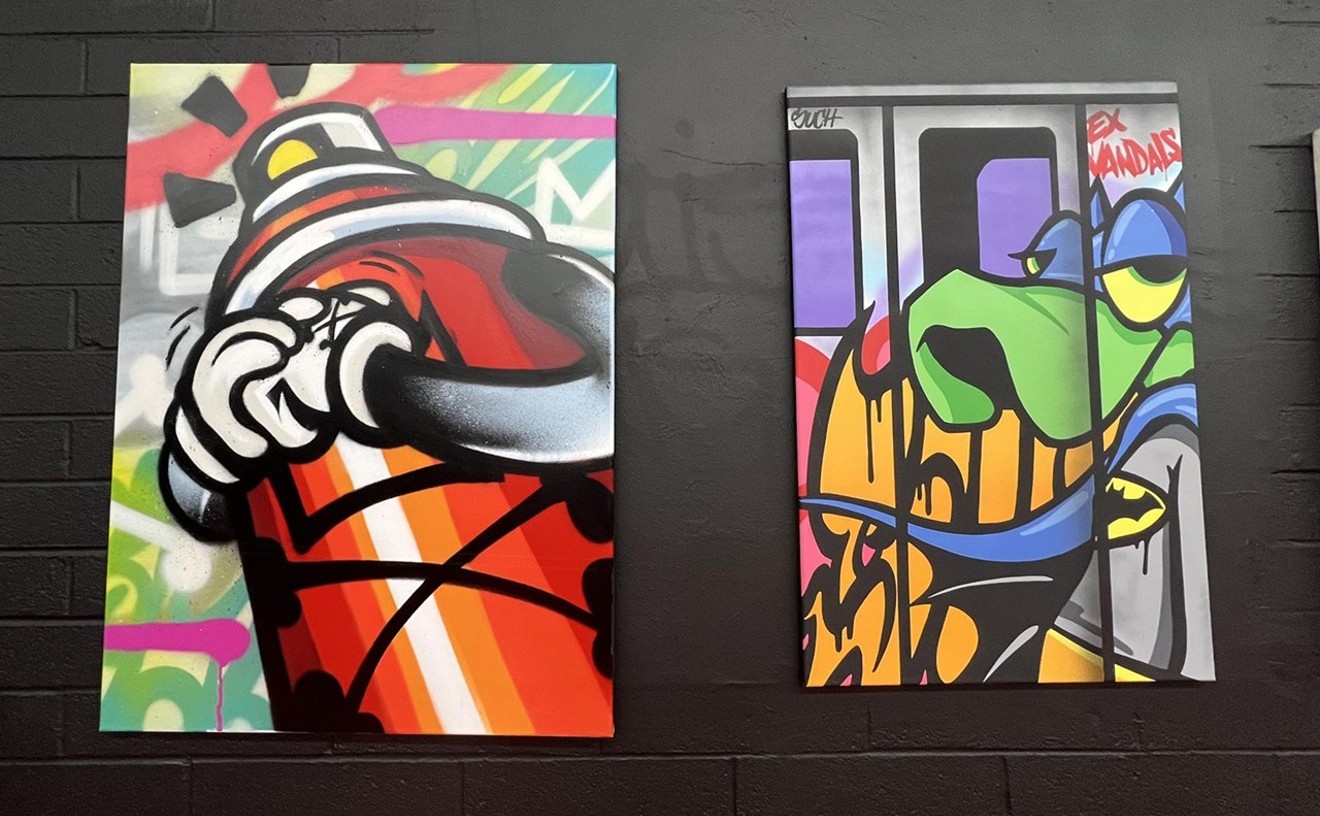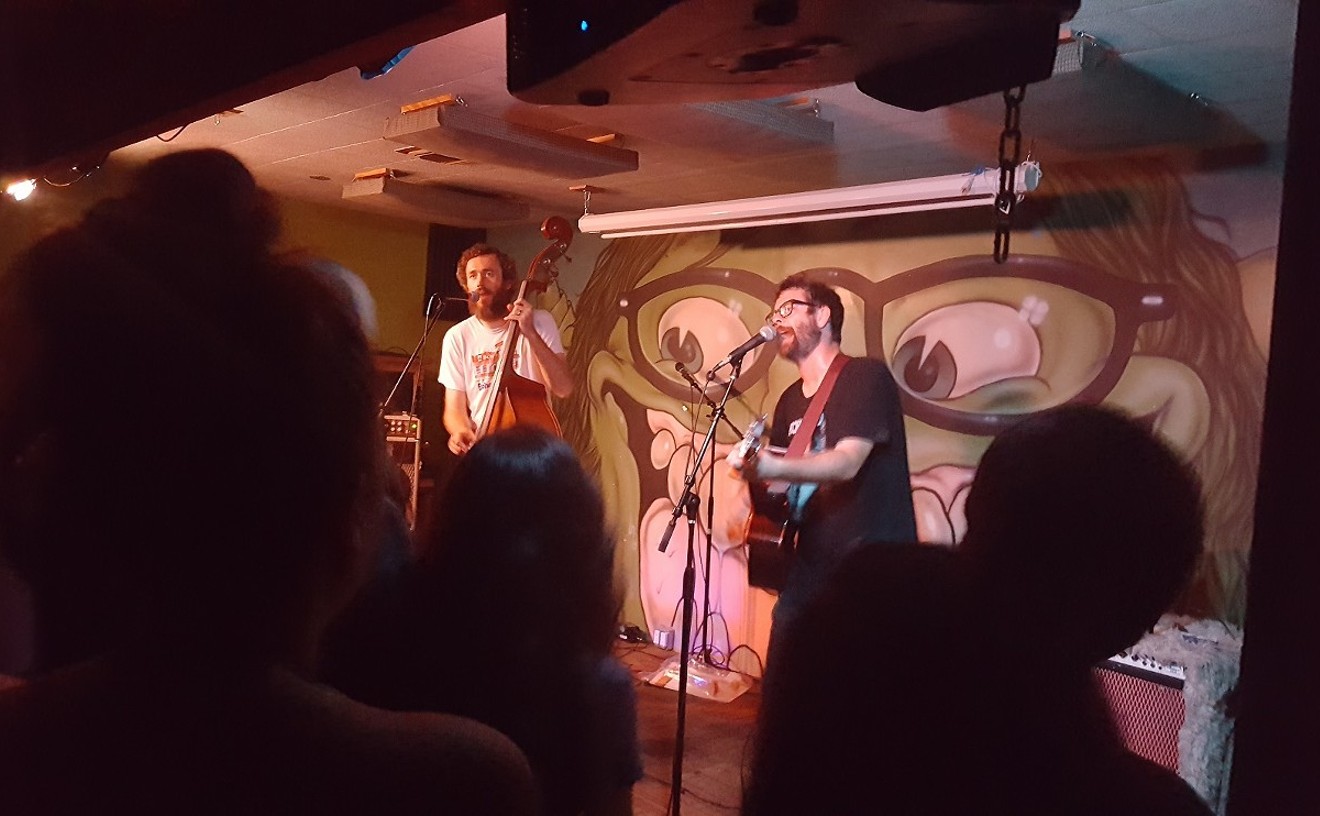Majestic landscapes in deep focus. Canyons and peaks represented in perfect shadow and contrast. We could be describing a collection of Ansel Adam's best known photography -- if Adams were a robotic spacecraft orbiting the lunar poles.
While the general public sat hunched over their laptops, agog at the first grainy thumbnail images beamed back from the Martian surface this summer, ASU's Dr. Mark Robinson was surrounded by stunning, high-definition panoramas of our closer, extra-terrestrial neighbor that will be on view this Friday at monOrchid gallery in downtown Phoenix.
See also: - NASA's Curiosity Rover: Here's the New Hi-Res Video of the Mars Landing - Five Reasons You Should Pay Attention to NASA's Mission to Mars - Center for Science and the Imagination to Launch at ASU's Newest Interdisciplinary Building, ISTB4
"We need to get rid of the idea that the Moon is this boring, dead place," says Robinson, "it's a great scientific resource, and the only place we can get to that's off this planet at least in the short term. Plus, it's incredibly beautiful."
As the Principal Investigator of the Lunar Reconnaissance Orbiter Camera (LROC), examining alien landscapes is quite literally another day at the office for Robinson. He and his team oversee the LROC Science Operations Center at Arizona State University's Tempe campus.
Launched in 2009, the Lunar Reconnaissance Orbiter and its imaging systems, the LROC, were built as a precursor to future lunar exploration and potential colonization.
While the future of human spaceflight is now uncertain, the camera has already fulfilled its nominal mission objectives and continues to snap high resolution photos from 50 kilometers above the surface of the Moon.
"Right now, we have 50 percent of the Moon imaged, but the goal is to map the entire Moon at one meter per pixel," says Robinson.
Images from the LROC are featured on the Center's website and are updated frequently, but beginning this Friday, space nerds, art snobs, and explorers of all ages can get an up-close look at the moon through Lunar Landscapes at monOrchid gallery. The exhibition will run through November.
In addition to the large-scale panels of well-known lunar features like Tycho Crater, Aristarchus Plateau and Apollo-era landing sites, Robinson himself will be leading walking tours and answering questions each Friday starting November 8, at 7 and 8 p.m..
It's all part of inspiring a new generation of space enthusiasts, says Robinson.
"This is an opportunity for people not even interested in science to see these incredible landscapes," he says. "Even if you don't know it's the Moon, it's still a beautiful place."
Lunar Landscapes debuts at November's First Friday and will run through November 30. To arrange a group showing or the LROC Science Operations Center, please register here.










